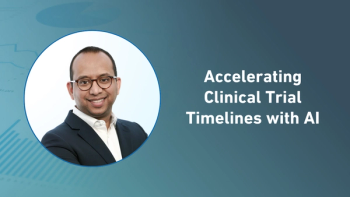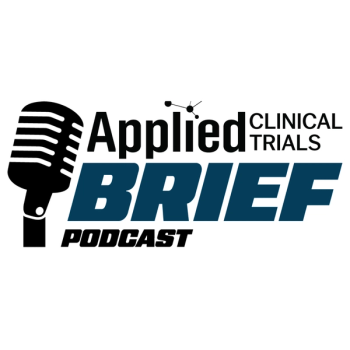
Measuring ROI and Effectiveness in Multi-Touch Digital Campaigns
Explore methods to evaluate recruitment performance across multiple platforms, including engagement tracking, conversion analysis, and data-driven optimization for emerging digital spaces.
In a recent video interview with Applied Clinical Trials, Christian Bullock, digital marketing director at Trialbee, discussed strategies for using nontraditional digital platforms to enhance patient recruitment. He outlined three key factors—audience relevance and intent, content fit and creative potential, and quality of engagement—as critical for determining platform suitability. Bullock explained how platforms such as TikTok, Reddit, and Spotify attract distinct demographics and require tailored messaging, creative formats, and calls to action to support multi-touch recruitment funnels. He highlighted operational and compliance challenges on emerging or entertainment-focused platforms, noting the need for ongoing communication with ad policy teams and careful evaluation of platform restrictions. Bullock shared lessons learned from successful campaigns on Spotify, Nextdoor, and other emerging platforms, emphasizing the importance of testing, monitoring both engagement and conversion, and applying a data-driven approach to optimize ROI while maintaining compliance.
The below interview transcript was lightly edited for clarity.
ACT: As digital marketing expands into new spaces, how are you measuring ROI or effectiveness across platforms to ensure recruitment efforts remain cost-efficient and compliant?
Bullock: Yeah, we look at it from a funnel perspective. So a platform, and specifically measuring ROI or the effectiveness of that platform, there needs to be a goal or an intent around how that platform fits in an overall kind of marketing funnel.
So I think you should think about first and foremost, platforms need to coexist together. You can't just rely on one platform to do everything for you. That's not the case. So mentioning things like how an awareness campaign kind of plugs into maybe something around the consideration buying cycle, like a social media ad, which then can play into someone going to Google or another search engine, performing a search, finding the resource that you're advertising for, and filling out a form. So it's not necessarily looking at—we call it as marketers—a last-touch interaction point. It's a multi-touch journey where we're finding audiences touching ads in multiple ways, multiple times, until they're ready to start taking the next step of filling out a pre-screener form.
So it's looking at sea-level rises right around—are we seeing just a general uptick across the board when it comes to audiences completing that action we want them to do, which is going to be a pre-screen form filled, generally speaking, versus attributing that last touch to a specific platform?
Then I would also mention that it's important not just to look at that interaction or that pre-screen form fill, but look at engagement. So how are users engaging with your ads? Again, that could be a big-time indicator of whether your ad is speaking in the language that a patient or a care partner understands or not. If you're seeing high engagement rates but not that pull-through, start being curious and seeing—is this maybe something that is multi-touch, so users are maybe hitting a landing page website for the first or second time, but then they're coming back later on a third, fourth, or fifth and filling out a form.
So again, the ROI and looking at reporting and figuring out what's going on and what platforms are working well needs to be seen across the spectrum.
And thirdly, I would look at it as treating new spaces as just that—new, emerging spaces. To use an ice hockey analogy, you start off with a clean sheet of ice, so you can make some assumptions, you can have some hunches, but you're not going to really know what's going to work until you look at the data that comes back and [start] testing out different audiences and different collateral and seeing what's working.
After you do that, you start seeing and plugging into, okay, how does this work within kind of a multi-touch generation that we're seeing today when it comes to a user journey for advertisements? Are we seeing it, exploring it from an awareness standpoint—is it working really well there? Are we getting a lot of clicks, lots of engagement, or are we actually seeing a lot of conversion pull-through? So staying curious and looking at how that emerging platform is actually working based off the data that you can see based on your testing.
Newsletter
Stay current in clinical research with Applied Clinical Trials, providing expert insights, regulatory updates, and practical strategies for successful clinical trial design and execution.






.png)



.png)



.png)
.png)
